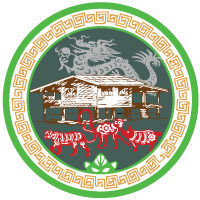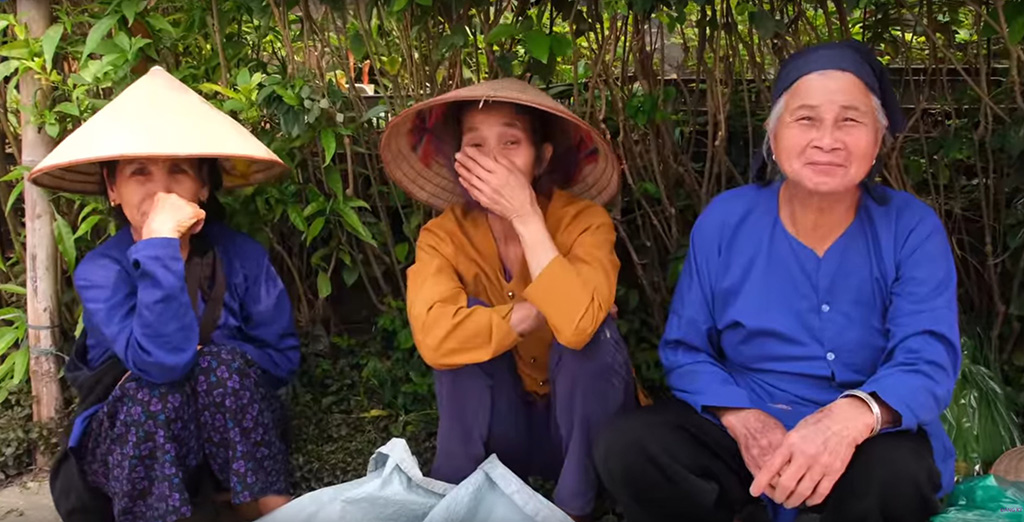In the heart of the picturesque Bac Kan province, Ba Be National Park reveals its natural and cultural treasures. Among these gems, the ethnic markets stand out for their authenticity and timeless charm. Three of them particularly capture the attention of discerning travelers: Nam Cuong, Quang Khe, and Khang Ninh.
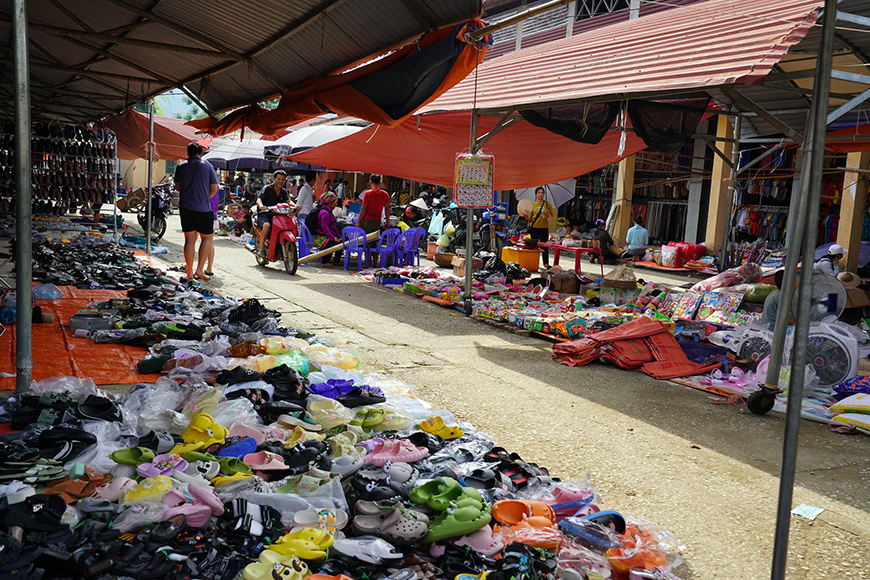
Local markets
in Ba Be National Park
These hubs of local activity come to life every five days, following the rhythm of the lunar calendar. Nam Cuong kicks off the festivities on the 2nd, 7th, 12th, 17th, 22nd, and 27th of the month, followed closely by Quang Khe on the 3rd, 8th, 13th, 18th, 23rd, and 28th. Khang Ninh concludes this commercial ballet on the 4th, 9th, 14th, 19th, 24th, and 29th.
These markets are more than just places of exchange. They are lively theaters where the Tay, Man, and Hmong communities meet, perpetuating age-old traditions. The fragrant air of spices and aromatic plants guides visitors through a maze of colorful stalls.
What types of products are sold at the markets of Nam Cuong, Quang Khe, and Khang Ninh
Here, the stalls are brimming with culinary treasures. Freshly picked fruits and vegetables mingle with freshwater fish from Ba Be Lake. Food enthusiasts can savor local specialties such as Ba Be sticky rice or handmade noodles. Rice wine, an amber nectar with subtle aromas, invites conviviality, not to mention the local corn wine with its strong earthy flavors.
Local craftsmanship is proudly displayed: traditional clothing with intricate patterns, delicate baskets, and bamboo objects bear witness to ancestral craftsmanship. Herbalists offer their age-old remedies, guardians of a medicinal wisdom passed down through generations.
These markets are not just places of economic exchange but also cultural spaces where visitors can discover the daily life of local communities and their traditions.
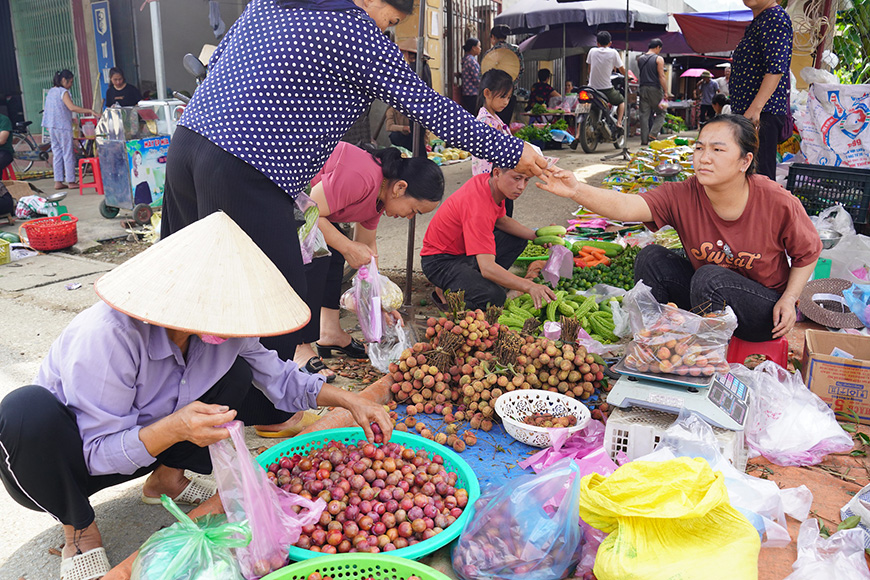
Importance of the markets
These markets are not just places of sale but also spaces where culinary traditions are preserved and celebrated. They offer visitors the opportunity to taste dishes that are not easily available in other regions while supporting the local economy. By visiting these markets, you will have the chance to discover not only the unique flavors of the region but also the hospitality of the ethnic communities living there.
Visiting ethnic markets ethically and responsibly
Visiting ethnic markets ethically and responsibly is crucial during a stay in Northern Vietnam. These authentic places are more than just tourist attractions; they represent the beating heart of local culture. It is essential to approach these visits with respect and consideration for local populations and their environment.
Courtesy is key, especially when taking photographs. It is recommended to seek permission from vendors, ideally through your guide, before immortalizing their stall or themselves. This approach helps establish a bond of trust and mutual respect.
Waste management can sometimes be problematic in these regions, so adopting an ecological approach is wise. Politely refuse plastic bags offered for your purchases and opt for reusable alternatives like cloth bags or airtight containers to reduce the environmental impact of your visit.
By prioritizing the purchase of local and artisanal products at these markets, you directly contribute to improving the livelihoods of residents. This approach supports the local economy and encourages the preservation of traditional craftsmanship.
For a complete immersion in local culture, consider complementing your market experience with a homestay. This formula offers a unique opportunity to discover the daily life of local communities and taste the culinary specialties of the region in an authentic setting.
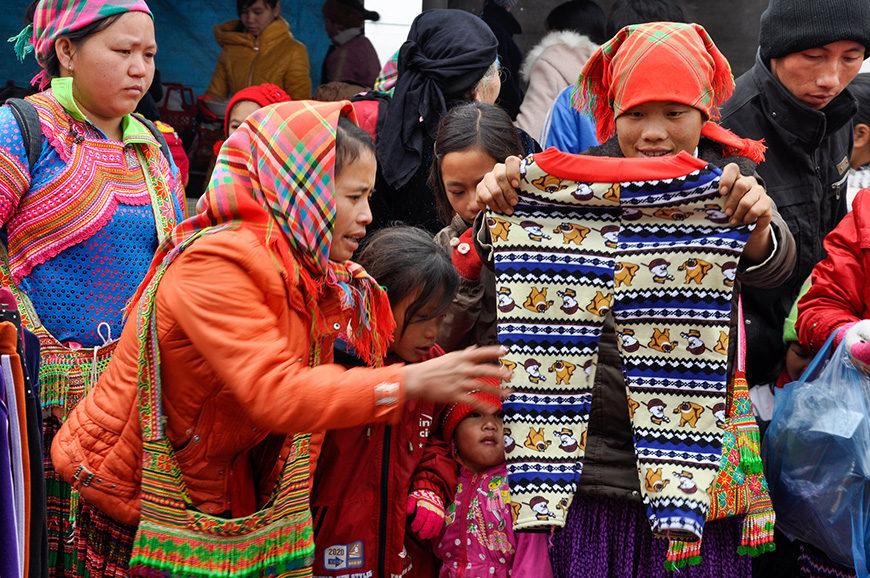
The best times to visit the ethnic markets of Ba Be National Park
Several factors come into play. Here are some considerations to help you plan your visit:
Dry season (October to April)
- More pleasant climate with mild temperatures and low precipitation
- Better accessibility of roads and trails
- Ideal period to observe the hustle and bustle of markets without being hindered by rain
Festive periods
- Tet (Lunar New Year, usually late January or early February)
- Mid-Autumn Festival (September or October)
- These periods offer a particularly lively and colorful atmosphere at the markets.
Market days
- Nam Cuong: 2nd, 7th, 12th, 17th, 22nd, 27th of the lunar month
- Quang Khe: 3rd, 8th, 13th, 18th, 23rd, 28th of the lunar month
- Khang Ninh: 4th, 9th, 14th, 19th, 24th, 29th of the lunar month
Plan your visit to coincide with these dates.
Early morning
– Markets are generally livelier and more authentic early in the morning
Avoid the rainy season (May to September)
- Risk of heavy precipitation that can disrupt market activities
- Some roads may become difficult to access
For an optimal experience, consider visiting between November and March, synchronizing your stay with market dates. This will allow you to enjoy pleasant weather while experiencing the authenticity of these ethnic gatherings.
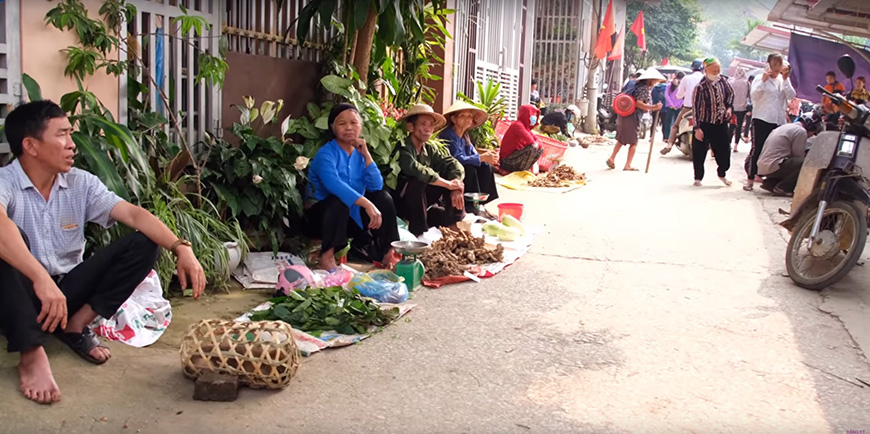
In conclusion
For the curious traveler, a morning visit to these markets is a must. It is the perfect opportunity to immerse yourself in local life, forge ephemeral yet authentic connections with residents, and bring back unique memories of this beautiful region. Thus, the markets of Nam Cuong, Quang Khe, and Khang Ninh are not just commercial stops but true windows into the soul of rural Vietnam. They offer an unforgettable sensory and cultural experience, inviting visitors to slow down and savor every moment of this symphony of colors, flavors, and traditions.Our itinerary suggestions
Ba Be Lake 1-Day Boat Tour
Ba Be National Park 3-Day Adventure
